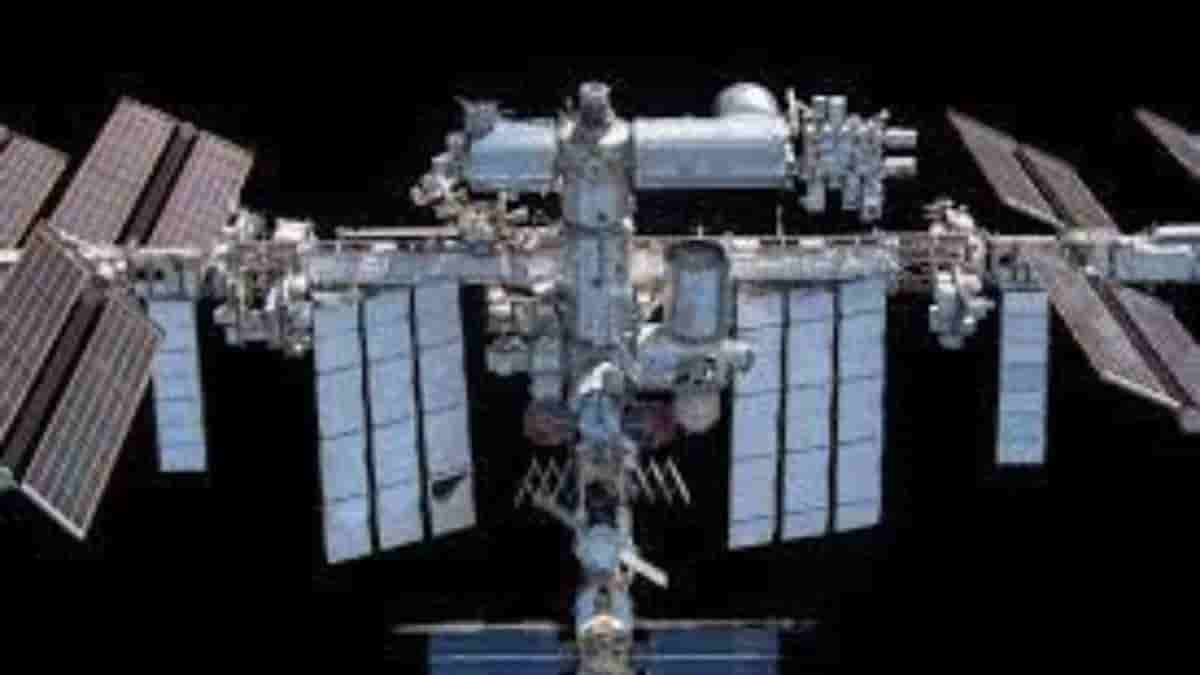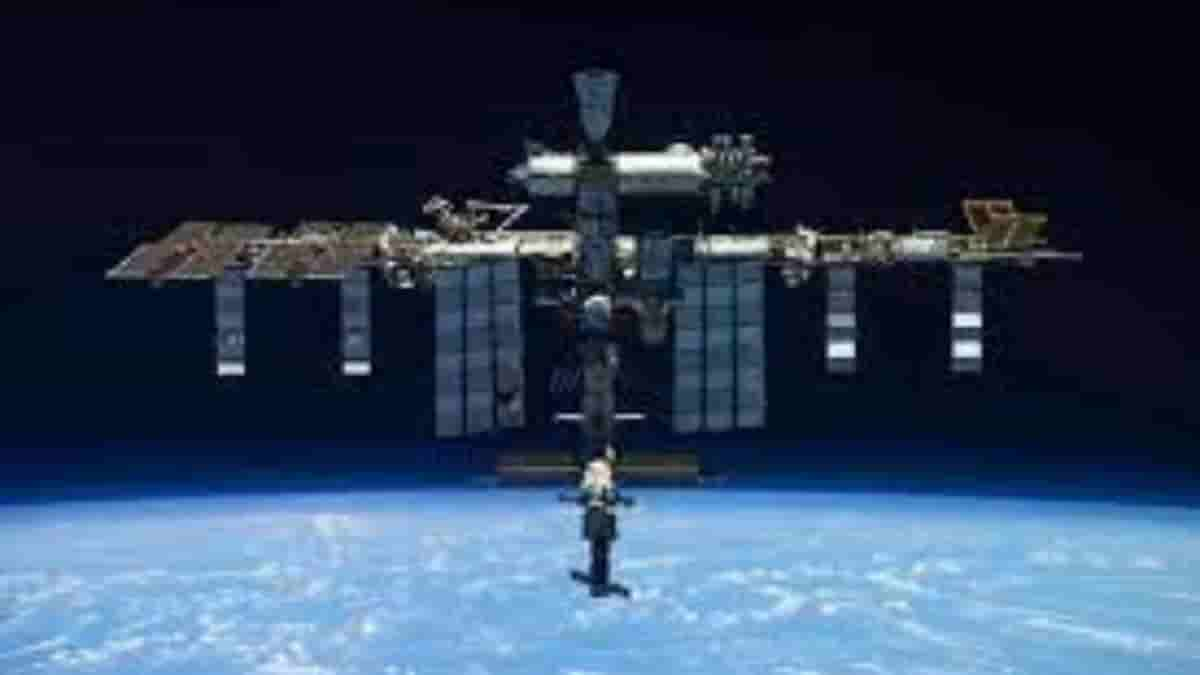The International Space Station Helps Humanity on Earth in These 15 Ways: Check them out!

The first ten years of the International Space Station were spent in construction. The second decade saw the orbiting lab being fully utilized after the initial studies. The decade of outcomes has now begun.
More innovations are becoming reality than ever before because of the more than 20 years of trials carried out on the station.
Discover 15 ways the space station is helping humanity.

Developing the newest medical scanning technology
The scientists behind the NICER telescope developed and patented an X-ray source that could be switched on and off very quickly in their effort to investigate neutron stars. Additionally, this was exactly what a neuroradiologist at Massachusetts General Hospital required to advance CT scan technology.
Conventional CT scanners are big, heavy, and use a lot of electricity. They are therefore challenging to install in settings with limited resources. The Massachusetts General Hospital and NICER teams collaborated to develop a fixed ring of these little new modulated X-ray sources that can be positioned around the patient and fired as necessary, as opposed to spinning the big X-ray machine around to take a CT scan. This method enables greater image quality even at lower radiation levels while reducing the amount of radiation the patient is exposed to.
Development of new medications for diseases like Duchenne muscular dystrophy
Research conducted on the International Space Station on the crystal structure of a protein linked to the genetic disease Duchenne muscular dystrophy (DMD) gave indications as to possible chemicals that could block it. These tips were employed by a professor at the University of Tsukuba in Tsukuba, Japan, to create TAS-205, one of several promising chemicals. TAS-205 has been used safely in people according to a 2015 study, and a 2017 article detailing a brief human patient clinical trial published its findings.
Creating the elements needed to make animal artificial blood
The construction of artificial animal albumin was motivated by the Japan Aerospace Exploration Agency’s (JAXA) earlier work on protein crystallization in microgravity, which has also shown promise in medication research. The most prevalent protein in blood is albumin, although it is challenging for it to crystallize on Earth. To better comprehend the architecture of these proteins and how they are created, scientists crystallized albumin from cats and dogs on the space station. Since there aren’t many sources of donated animal blood, veterinarians in animal hospitals struggle to administer blood transfusion treatments. This problem could be resolved by the prospective application of this study to veterinary care.
Applications of robotic arms in an automotive factory
Robonaut, a robot for the space station, served as inspiration for the invention of an industrial-strength robotic glove. A Robonaut prototype was created by NASA and General Motors (GM) and tested aboard the space station, where it successfully carried out easy tasks alongside astronauts. The Robonaut team then modified the hand-like component into a wearable gadget to aid both astronauts and auto workers in preventing hand fatigue and damage. Originally known as Robo-Glove, the product is currently marketed as Ironhand and is made by Swedish company Bioservo Technologies.
Space research by students
People who were born after November 2000 have always understood what it’s like to live alongside people in space because they were raised in a world with the International Space Station in orbit. Call them Generation Station—scientists from all over the world conducting research in a location where space has long appeared accessible. Even more students from all across the world have sent their studies or presentation to the station. They have contributed to the Genes in Space program’s DNA sequencing projects and the Kibo Robot Programming Challenge, respectively, where they used their code to operate robots. Many people have created miniature satellites that they have launched from the space station, placing their creations in low-Earth orbit.
Lowering city temperatures and regulating water
Numerous uses have already been made of the data from the ECOSTRESS payload of NASA. To detect plant stress, ECOSTRESS monitors minute temperature variations. In addition to studying the movement of warm water currents and heatwaves in cities, the same measures can be used to identify excessive heat, such as that caused by fires or lava flows.
Data from ECOSTRESS has been used to find geothermal energy sources, track mosquitoes, reduce the amount of heat absorbed by city surfaces, better allocate water, lower the risk of forest fires, evaluate plant stress, and assist farmers in effectively watering their crops.
Protocols for an ultrasound on Earth
Having access to speedy and precise medical imaging technology is typically not a problem for those who live in major cities with fully functional hospitals. However, having access to this technology can be the difference between life and death when medical facilities are difficult to reach.
Through the Advanced Diagnostic Ultrasound in Microgravity (ADUM) project, crew members were trained to utilize tiny ultrasound equipment to evaluate fellow crew members while caring for astronauts aboard the International Space Station.
Apply station air filtering technology for food preservation in supermarkets and combat COVID
Arabidopsis plants, a well-known model organism that is frequently used in basic biology investigations, were successfully grown in two generations by the station crew using NASA’s Advanced Astroculture (ADVASC) system. Temperature, relative humidity, light, fluid nutrient delivery, and co2 and ethylene concentrations, among other environmental factors important to plant growth, could all be precisely controlled by the system.
Colloids and common household items
The latest version of Procter & Gamble’s (P&G) Febreze Unstopables TOUCH Fabric Spray incorporates ingredients based on the company’s on-station colloid research for the first time. It has touch-activated aroma release technology.
Small mixes of particles suspended in a liquid are known as colloids. They comprise manmade goods from shampoo to medicine as well as natural concoctions like milk and dirty water. The fact that certain particles rise with gravity while others sink makes it difficult to study colloids. That difficulty is removed by microgravity, enabling studies like the Advanced Colloid Experiments (ACE) carried out by NASA, the ISS National Laboratory, and P&G.
Building space-based artificial retinas
For the many millions of people on Earth who are affected by retinal degenerative illnesses, artificial retinas could restore useful eyesight. LambdaVision, a business based in the United States, has now sent experiments to the space station five times to achieve its objective of creating artificial retinas in microgravity. A light-activated protein called bacteriorhodopsin may be used by LambdaVision to create artificial human retinas that can take the place of the eye’s damaged light-sensing cells. The procedure involves putting a thin film in successive layers to generate implants. By reducing the amount of particle aggregation and sedimentation that takes place on Earth, microgravity may enhance the quality and stability of the films. The experiment that was launched in December 2021 proved for the first time that a 200-layer film could be produced in microgravity. This is a critical step in manufacturing life-saving medical products in a microgravity environment.
Facilitating patients’ access to cancer therapies
The goal of the PCG-5 project, which is funded by the ISS National Lab, is to enhance patient drug delivery. The monoclonal antibody Keytruda®, which is used to treat several malignancies, including melanoma and lung cancer, was grown into a more homogeneous crystalline form in the study. Monoclonal antibodies are difficult to dissolve in fluids. This makes it challenging to develop a medication that can be administered orally rather than intravenously, forcing patients to spend hours in a clinic environment to get the medication.
Microbes from throughout the solar system are being sequenced for DNA
To learn how to keep astronauts secure and healthy during lengthy journeys, researchers use the International Space Station as a test facility. The first successful space DNA sequencing was carried out in 2016 by NASA astronaut Kate Rubins, which paved the way for future molecular biology studies. The scientists analyzed the nucleic acid bases in samples that were transported to the station for analysis using a MinION sequencing platform, a smaller-than-a-cell-phone gadget.
With the use of this technology, researchers may swiftly locate infections aboard the space station or during upcoming exploration trips. If alien life has similar biochemistry to that of Earth, they might even be able to locate it on other planets in the solar system.
Keeping an eye on Earth’s heat safety
Exercise on the space station causes a faster increase in core body temperature than it does on Earth. Since 2009, the ThermoLab experiment of the European Space Agency has studied the control of body temperature and cardiovascular responses in astronauts.
The German business Dräge’s body temperature measurement technology, created for the study, is starting to have an impact on Earth. The tools have been used to research how extreme heat affects farmers in Kenya and Burkina Faso as well as to monitor infant incubators and patients undergoing surgery in several clinics. The device can also be used to check for signs of fatigue in those performing strenuous duty, including firefighters and fighter pilots.
Improving knowledge of the underlying sciences that govern our world
Numerous experiments being conducted on the station are revealing new data and offering solutions to age-old scientific puzzles. This knowledge aids researchers in deepening our understanding of concepts like fluid physics or combustion, which can enhance everything from electronics cooling to fuel efficiency.
When scientists working on NASA’s FLEX study examined fire suppressants by observing burning fuel droplets, they made an unexpected finding: low temperature “burning” that persisted after the apparent flame had seemingly died out. This combustion mechanism, which is now known as cool flames, is different from the campfire flames that keep us warm. Common flames release water, carbon dioxide, and soot. Carbon monoxide and formaldehyde are both produced by cool fires. The creation of more effective, less polluting cars may result from a better understanding of the behavior of these chemically unique fires.
Motivating the future generation through conversation with the station
All of humanity is included in its exploration of the universe through conversations with astronauts, story times captured by crew members, and instructional science videos produced aboard the station. Students from all around the world have the opportunity to ask questions directly to an astronaut in orbit while learning the fundamentals of ham radio operation thanks to Amateur Radio on the International Space Station (ARISS). More than 250,000 users have already been connected to the space station and more than 100 crew members through the initiative. Through educational downlink, hundreds of thousands of other schoolchildren have also interacted with astronauts, inspiring the following generation of engineers and scientists.


